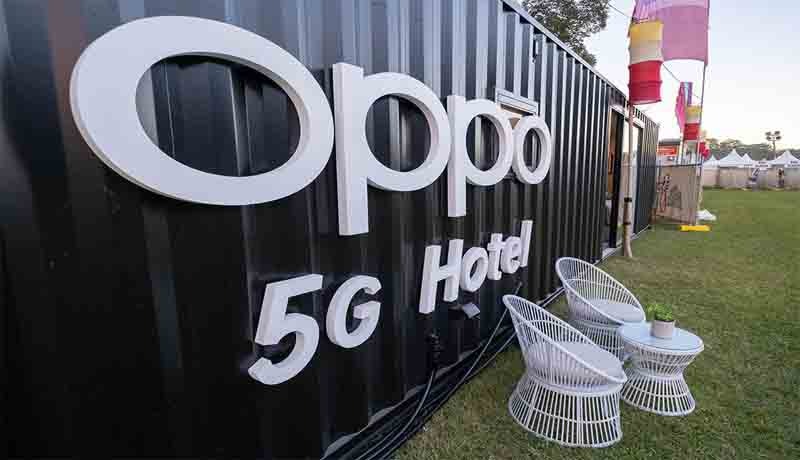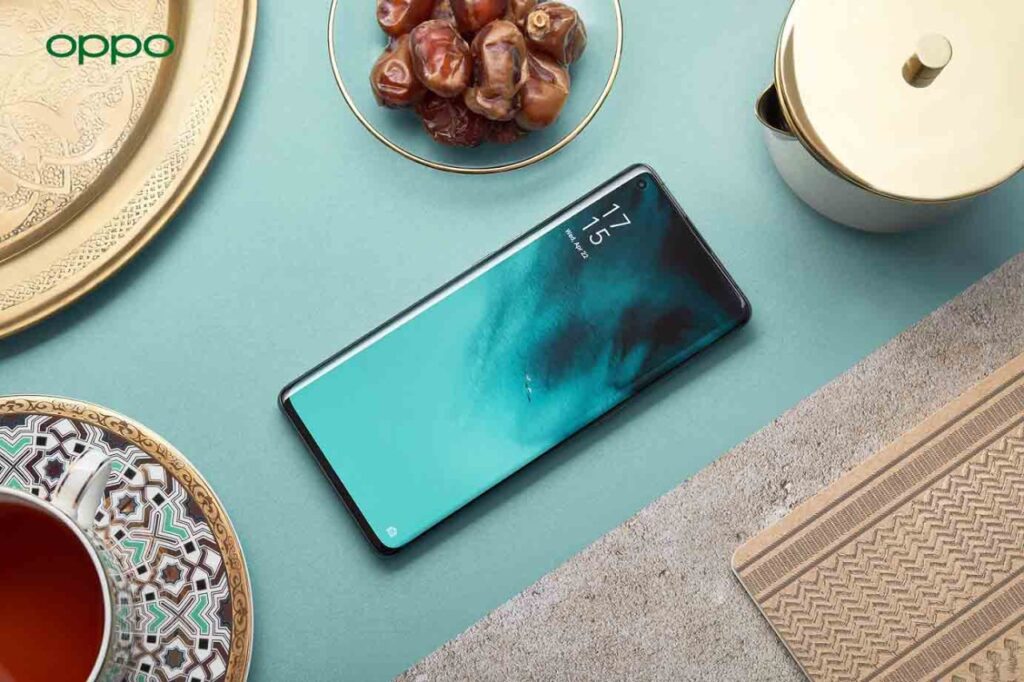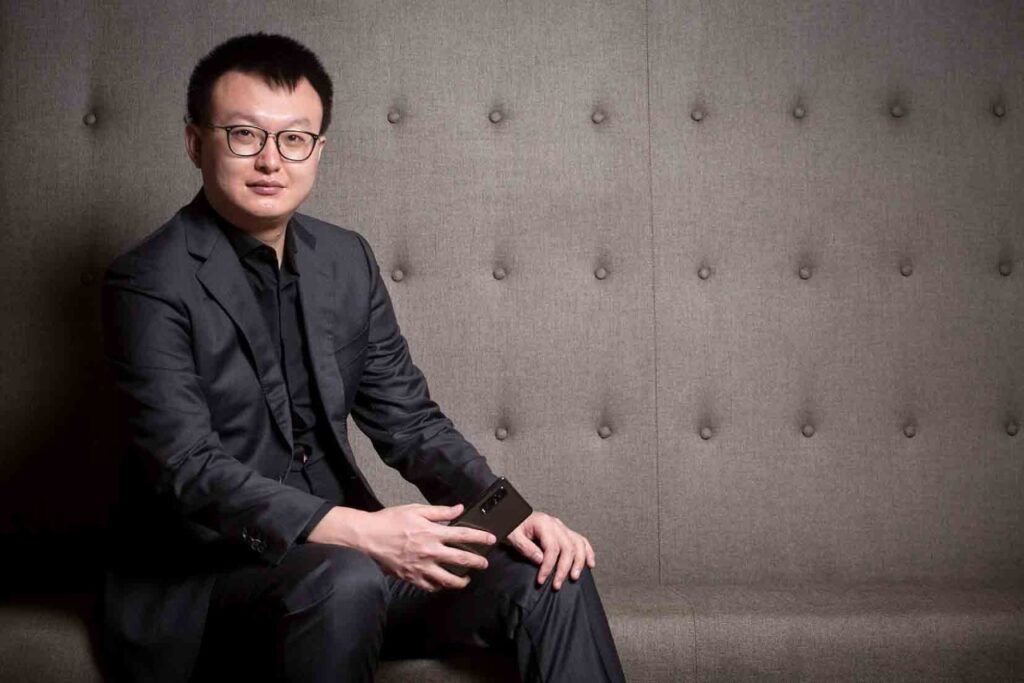
OPPO has launched yet another 5G device in the Middle East as part of its latest Reno4 Series of smartphones. Five years after it began its 5G journey, OPPO marked 2020 with not one, but two new 5G smartphones – OPPO Reno4 Pro 5G that released last month in the Middle East; and OPPO Find X2 Pro 5G that launched earlier this year. With the regional launch of Reno4 Pro 5G – configured with a Qualcomm Snapdragon 765G integrated 5G chip with 5G+Wi-Fi dual-channel acceleration, OPPO recognises the Middle East’s move into the 5G era at a significantly higher pace than most other regions in the world.

An early believer in the power of 5G, OPPO has been promoting the commercialisation of 5G technology across MENA – a region that expects to have more than 45 million 5G connections by 2025 (Source: GSMA). The unprecedented speed and virtually no network latency of 5G is a game-changer not just for mobile phones. Its integration with other frontier technologies moves the connected world towards more enhanced user experiences, more connected devices and new services.
As early as 2015, OPPO established a communications standard and has accumulated a wealth of experience in the development of 5G standards, as well as hardware and software construction. Here is a list of FIVE 5G technologies commercially launched in the telecommunications sector, developed and innovated by OPPO:

Ethan Xue, President of OPPO in the Middle East and Africa said, “OPPO has been an advocate of 5G commercialisation with a host of innovative devices and applications that leverage the power of 5G. Bringing a wealth of technologies powered by 5G to the mid-range category, our newest Reno4 Pro 5G smartphone is the most recent milestone on our 5G journey that we initiated five years ago. The convergence of 5G and other technologies continues to present new services and experiences, which we believe every user should be able to experience. As we enter the new era of ‘the integration of all things’, OPPO’s 5G phones aim to provide all users with more choice, more value and more convergent experiences.”
In addition to 5G smartphones, OPPO’s portfolio includes OPPO 5G CPE, OPPO Watch, OPPO Enco wireless headphones and other intelligent devices, which are oriented towards the 5G era, creating an integrated personal technology experience for users.